Introduction
It’s the year of the tiger in Chinese zodiac, so I’ll tell you how to have your prayers heard this year.
According to legend, if people who were born in the year of the tiger, if they visit a temple dedicated to the tiger, they will be blessed with a good future.
Shigisan temple is located in the mountainous region of Ikoma which divides Osaka and Nara. They have a lot of places to worship. I’ll guide you to each of them.
History
In 582, the Prince Shotoku ( 聖徳太子), who is well-known in Japan as a founder of a legal system, visited this area and met the god Bishamonten (毘沙門天), which coincidentally happened during the time, day, and the year of the tiger. Bishamonten is referred to as the god of happiness and prosperity from ancient Hinduism and guardian for Buddhism as well.
Prince Shotoku made an offering to be victorious against the Mononobe clan (物部氏), which was a long-time enemy. As a result of this, he won the battle and brought peace to the land.
After that, he designated the Bishamonten as the main object of worship and established Shigisan Temple. In Japanese, the character of Shigisan (信貴山) translates to belief (信), and honorable (貴 and mountain (山).
Ever since, Shigisan Temple has been associated with Bishamonten and also related to a tiger.
However, the formal name is Chogosonji Temple; I’ll talk about the details later.


The regular route for worship
① Big paper-mâché Tiger
When you enter the big torii gate, you’re welcomed by a big tiger. It will leave a great impression on visitors. The form of the tiger looks fierce as if it can protect people against any evil.
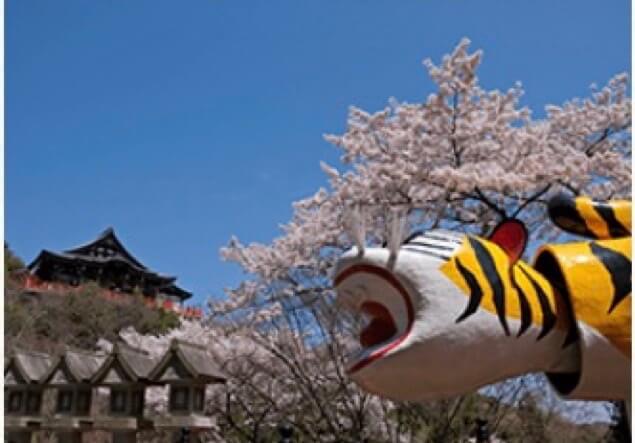
② Place to return your old charms
Before worship, you have to return your old tiger lucky charm and get a new one. Generally, Japanese people never throw the charms away because they are holy items. It has been a rule for worshiping at a shrine or temple for ages.
Also, be sure to wash your hands and rinse your mouth with fresh water at a washbowl in Chozuya (手水舎) to purify your body.
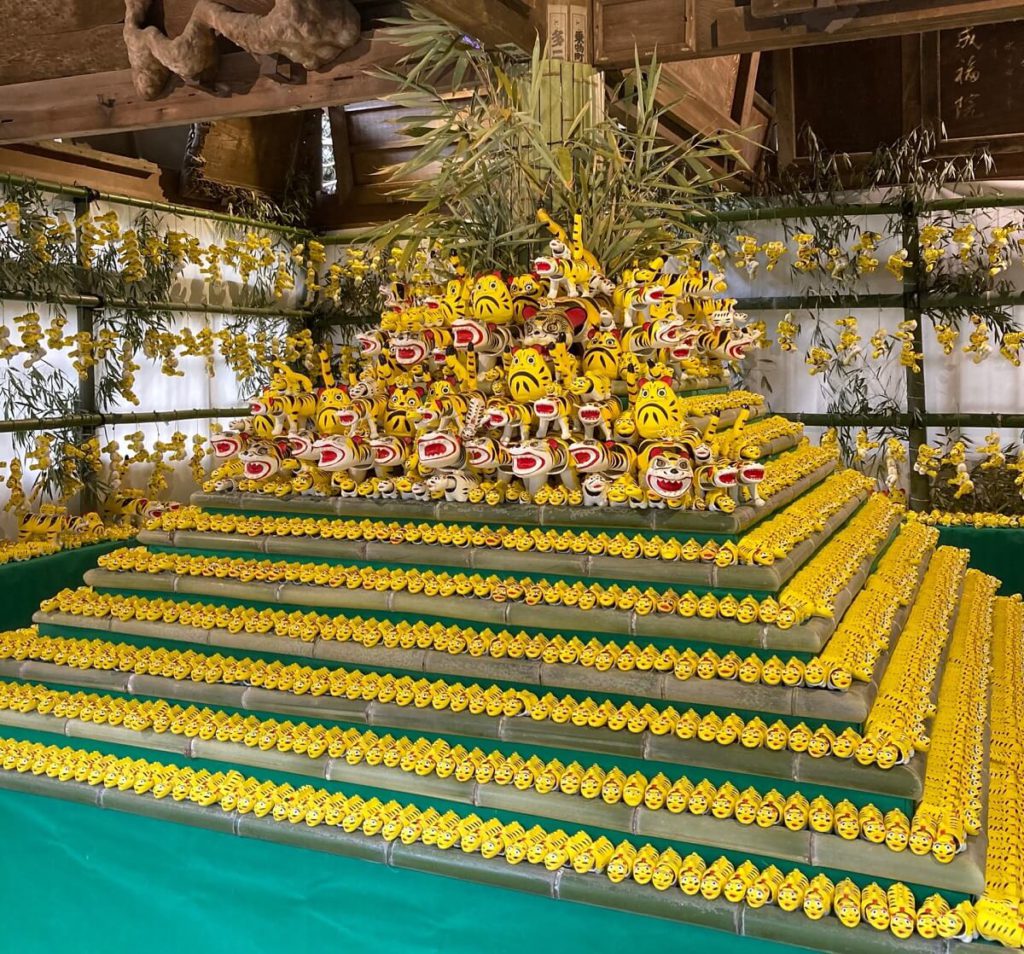
③ The front approach to a temple
Now that we’ve purified ourselves, let’s pass through a red gate and go inside. After walking for a while and turning to the right, you’re now approaching the main temple. Continue following this road and you’ll come to a place that dedicated Fudo Myoo ( 不動明王) and Sanpo Kojin (三宝荒神). You should drop by and pay a visit to both of them.
Fudo Myoo is a god of fire, and he protects people from all evil. Sanpo Kojin is known as the god of three things: Buddhism, the legal system, and monks in general. He is known also as the kitchen stove’s deity because he is particular about fire and getting rid of dirtiness.
Fudo Myoo and Sanpo Kojin are deities usually connected to your daily life and will be around people forever.
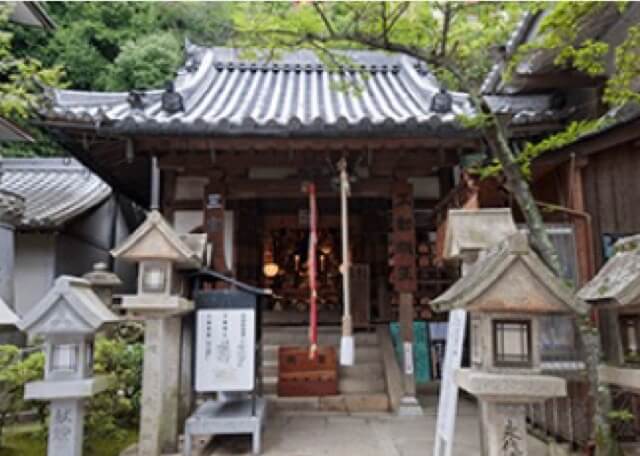

④ Main Temple
Then, let’s climb up to the sacred grounds of the main temple. It’s situated in a high place on a cliff and has a big balcony around the main building. You can enjoy looking down on the Nara area from the temple.


Please make sure to slow your breathing and pray to Bishamonten. Let’s not forget to take a bow and put your hands together. This is a temple, so I advise against clapping your hands just in case. If you pray silently with your gratitude, the god will bless you.
Next, I’ll tell you about something for the people who are looking for an adventure. It’s called Kaidan-Meguri (戒壇巡り). That is located in the basement and is a maze in complete darkness.
You go underground and look for a lucky lock which is on the right side of the wall. It’s quite difficult to find, so you should walk carefully while scaling the wall. If you happen to touch the lucky-lock, then your dreams are said to come true.

I also recommend that you receive a Goshuin (御朱印), which is a red stamp in your stamp book. The monk gives you a stamp and writes the name of the temple using caligraphy. It’ll make a good memento for your trip.
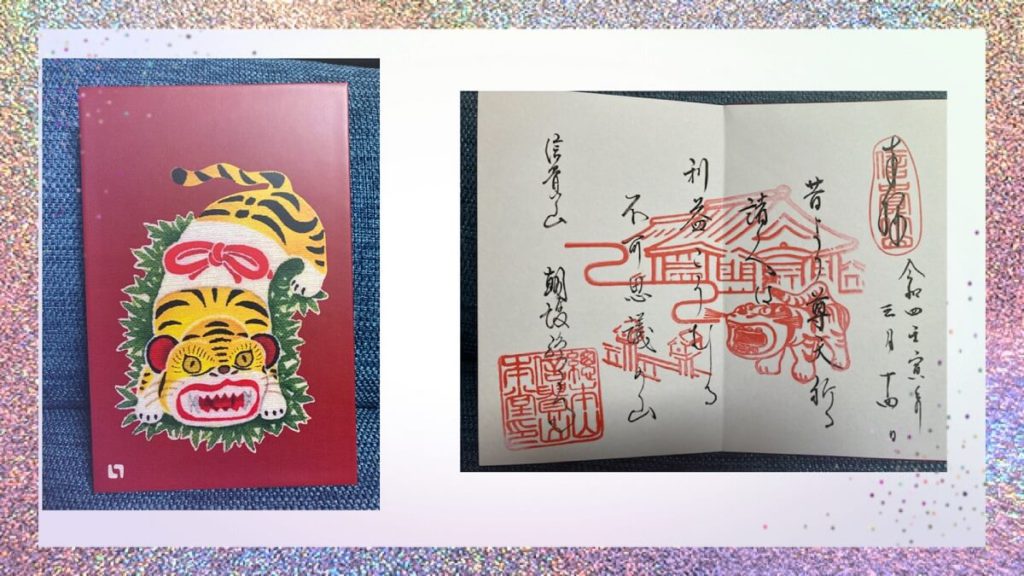
You can ask the monk to pray the Daihannya Sutra (大般若経) for you so that you can achieve a good fortune such as passing examination, success, longevity, recovery from illness and so on.
If you are blessed by the sutra, you will get into the inner temple and be able to show homage to the statue of the Bishamonten and attendants.
⑤ Senjyuin (千手院)
After worshiping at the main temple, you should next visit Senjuin, which is one of the pilgrims’ lodgings. A baby spotted turtle which is called Zenigame (銭亀) and a Kannon dedicated for childbirth (子安観音) are sacred here. Also, you can take part in a Goma-Burning (護摩焚き) ritual inside the temple.
Let’s go to a stone called Zenigame to offer a prayer. I really recommend you get a Zenigame lucky charm and a talisman in the shape of a bill with Prince Shotoku’s picture on it. They will both bring you good fortune with money. Actually, Prince Shotoku was featured on the old bills seven times, so Japanese people feel familiar with this talisman.

Next, Pray to Kannon for your family and ancestors with your gratitude. You are already blessed because you are still alive by the grace of god. Then, pass through the tunnel of tiger’s womb and you can see many preachings on the wall. You will be blessed with children and descendant prosperity.
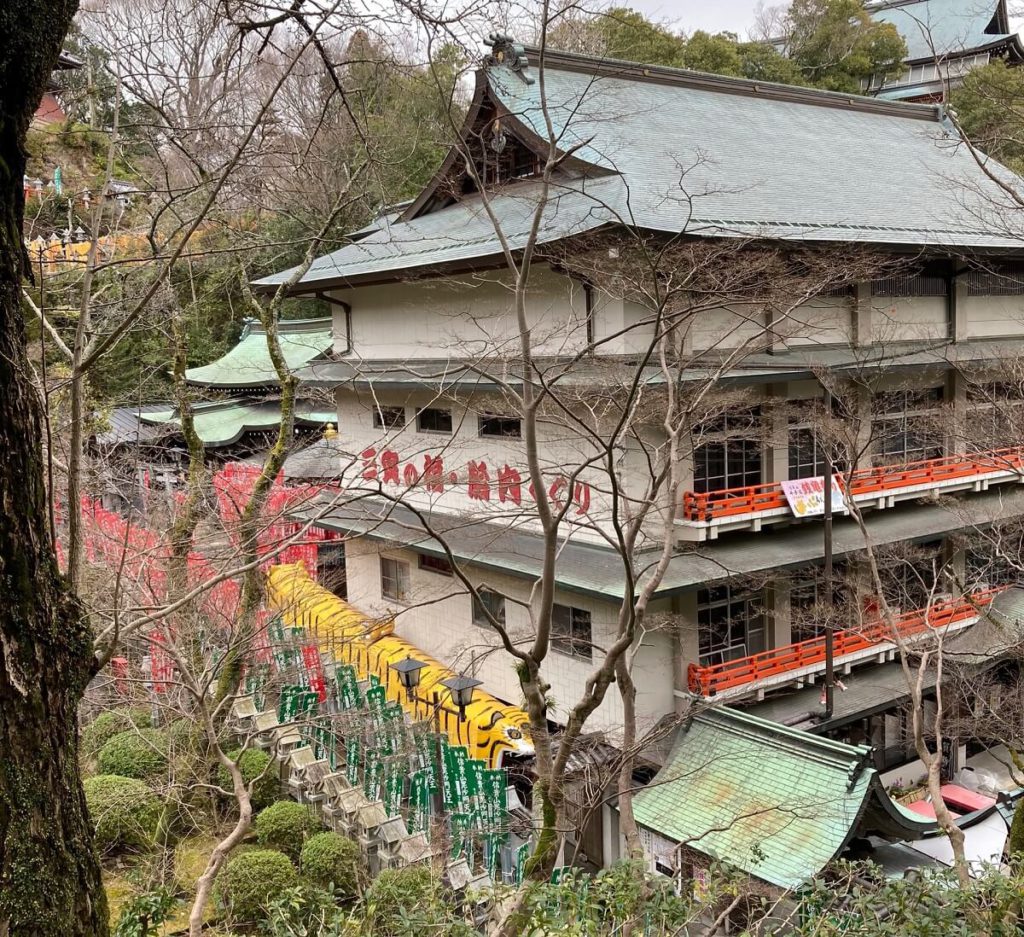
Those were general outlines for worshiping.
Well, you are almost close to the exit. Did you like reading my guidance?
If you need to know more, there are some more places to visit. I’ll write down the information below.
Extra Note
You can stay the pilgrims’ lodging in Senjyuin or Jyofukuin (成福院) and have traditional Japanese vegetarian food.
There is a waterfall called “Benzaiten no Taki” (弁財天の滝) on a mountain. You can experience ritual devotions under a waterfall.
As part of Buddhism training, you can try fasting in a fasting hall. (断食道場)
You can try a Goma-burning ritual or have a monastic experience in Gyokuzoin (玉蔵院).
Make sure to make reservations in advance.
As long as you’re there, you might as well visit Kuhatsu-hodo (空鉢法堂), Kengai-hodo (剣鎧法堂), Koku-hodo (虚空法堂), and Kaizando (開山堂).
All of them have been seen as a wonder-working deity.
At the end, please look for Myouren Mound. The great priest Myouren (命蓮上人) has been buried here. He made a offering of prayers for the Emperor Daigo (醍醐天皇) to be healthy, and finally His Majesty recovered completely from illness. Then, Shigisan temple was honored and received the name Chogosonji Temple (朝護孫子寺). In Japanese, the character of Chogosonji translates to the Imperial Court (朝), protection (護), and children and descendant (孫子).
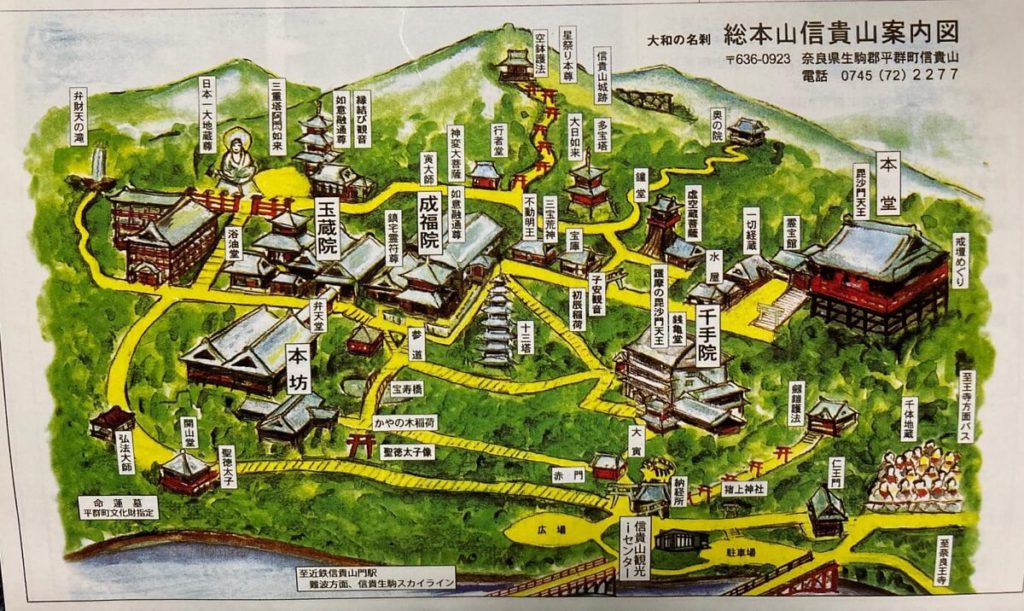
For more details, please visit Shigisan Temple website.
Shigisan Temple
https://www.sigisan.or.jp/#
*All images used with permission of Shigisan Temple.
Conclusion
Thank you for reading my article to the end. Did you get into the mood of visiting Shigisan temple? Whether you’re born in the year of the tiger or not, you can get the power of having your prayers answered if you go there.
The world is a mess right now because of a natural disaster, the coronavirus, and the war.
I hope that things return to normal as soon as possible and this year brings peace and good health for everyone.
Brand Ambassador of kyoto Denim company, Kimono dresser, Japanese flower arrangement instructor I was born and raised in Osaka, I know this area like my backyard. I’d like to introduce Japanese culture and good points to someone from overseas. That’why I study English every day. Please feel free to ask me if you need anything.

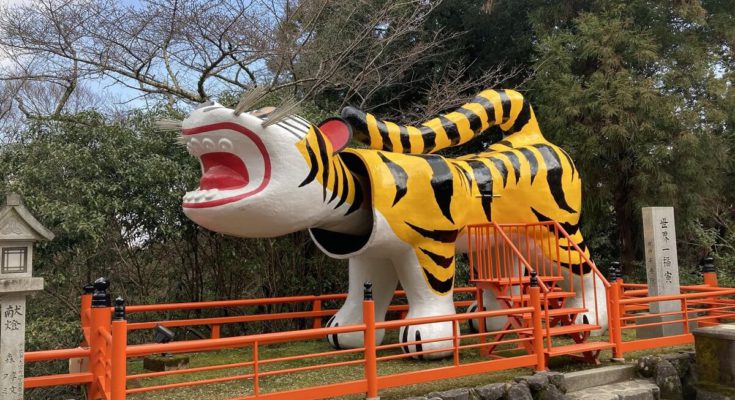
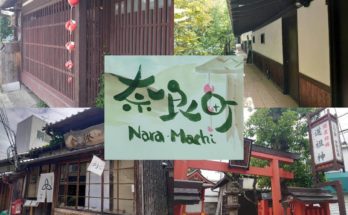
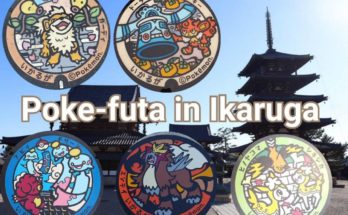

 HTJ has a YouTube page! Check it out
HTJ has a YouTube page! Check it out